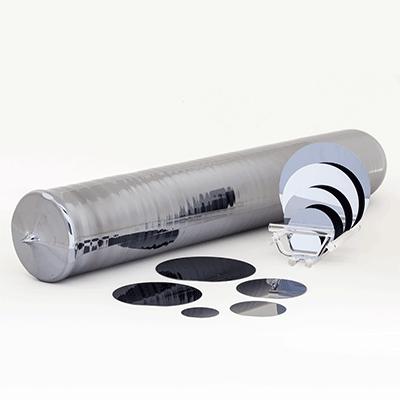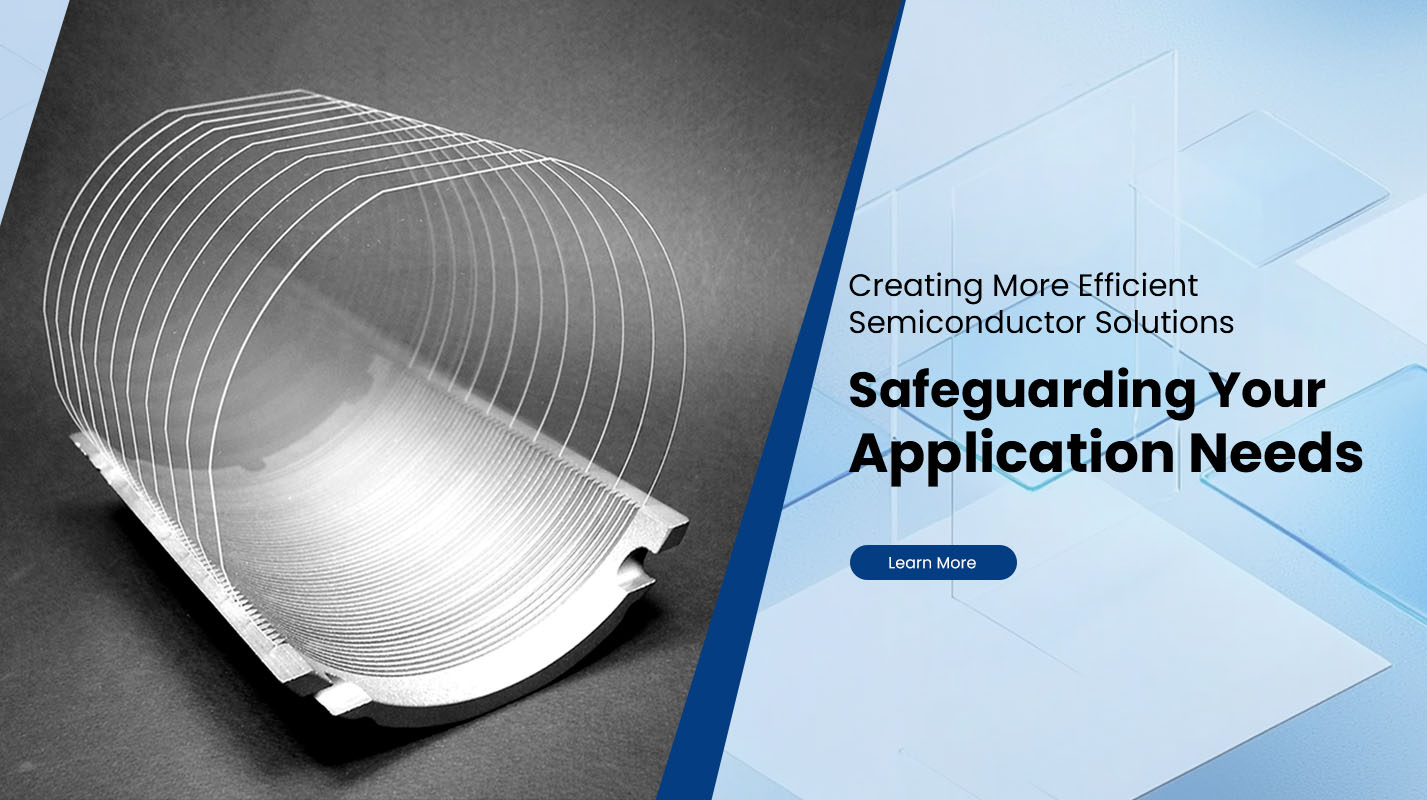What Is The Thermal Expansion Coefficient Of Single Crystal Silicon?
single crystal silicon is a very important semiconductor material, often used to manufacture solar cells, integrated circuits, etc. In the application process, its thermal expansion coefficient is a very important parameter.

1. Thermal expansion coefficient of single crystal silicon
Single crystal silicon is a material composed of pure silicon crystals, with an atomic radius of 0.11nm and a lattice constant of 0.54nm. The size of its thermal expansion coefficient is closely related to the structure of the crystal. For single crystal silicon, its thermal expansion coefficient has different values along different directions. In single crystal silicon crystals, along the left and right, front and back, and up and down directions of the crystal, they are 20.7×10-6/K, 2.6×10-6/K, and 2.6×10-6/K, respectively. Among them, the thermal expansion coefficient along the left and right direction is the largest, while the thermal expansion coefficient along the front and back, up and down directions is relatively small. This can be explained by the structure of the crystal. The crystal structure of single crystal silicon is a cubic crystal system, and its structure has three-axis symmetry, while the lattice constant along the left and right direction is large, so it is easy to expand when heated.
2. Application of thermal expansion coefficient of single crystal silicon
The thermal expansion coefficient of single crystal silicon has important application value in the preparation of solar cells and integrated circuits. When manufacturing solar cells, Silicon Wafers need to be compounded with multilayer materials. Therefore, it is necessary to consider the matching between silicon wafers and other materials and select appropriate compounding conditions to ensure that the entire crystal will not deform or break during heating and cooling. When manufacturing integrated circuits, due to the different thermal expansion coefficients between various materials and different crystal structures, it is easy to cause compressive stress or tensile stress in the crystal layer, thereby affecting the performance of the crystal device. Therefore, in the selection and processing of materials, it is necessary to consider the thermal expansion properties of the crystal and minimize the stress of the instrument.
3. Will the thermal expansion coefficient of single crystal silicon change at different temperatures?
An experiment used the Xintuo 3D XTDIC-MICRO microscopic strain measurement system combined with an optical hot and cold stage to test single crystal silicon. After the temperature of the single crystal silicon sample is lowered from 20°C to the liquid nitrogen temperature, it is then raised to 50°C, 75°C, 100°C, and 125°C, and maintained for 2-5 minutes in between. The thermal expansion coefficients in different temperature ranges are different. For example, 20°C-50°C is 2.75×10⁻⁶, 50°C-75°C is 2.76×10⁻⁶, and 75°C-100°C is 3.12×10⁻⁶. Theoretical principle analysis: Temperature changes will change the thermal motion state of single crystal silicon atoms. As the temperature rises, the atomic vibration intensifies, the average distance between atoms increases, and the thermal expansion coefficient will change accordingly; as the temperature decreases, the atomic vibration weakens, the distance between atoms is relatively stable, and the thermal expansion coefficient will also change accordingly.
Previous: What Is Homoepitaxial?


